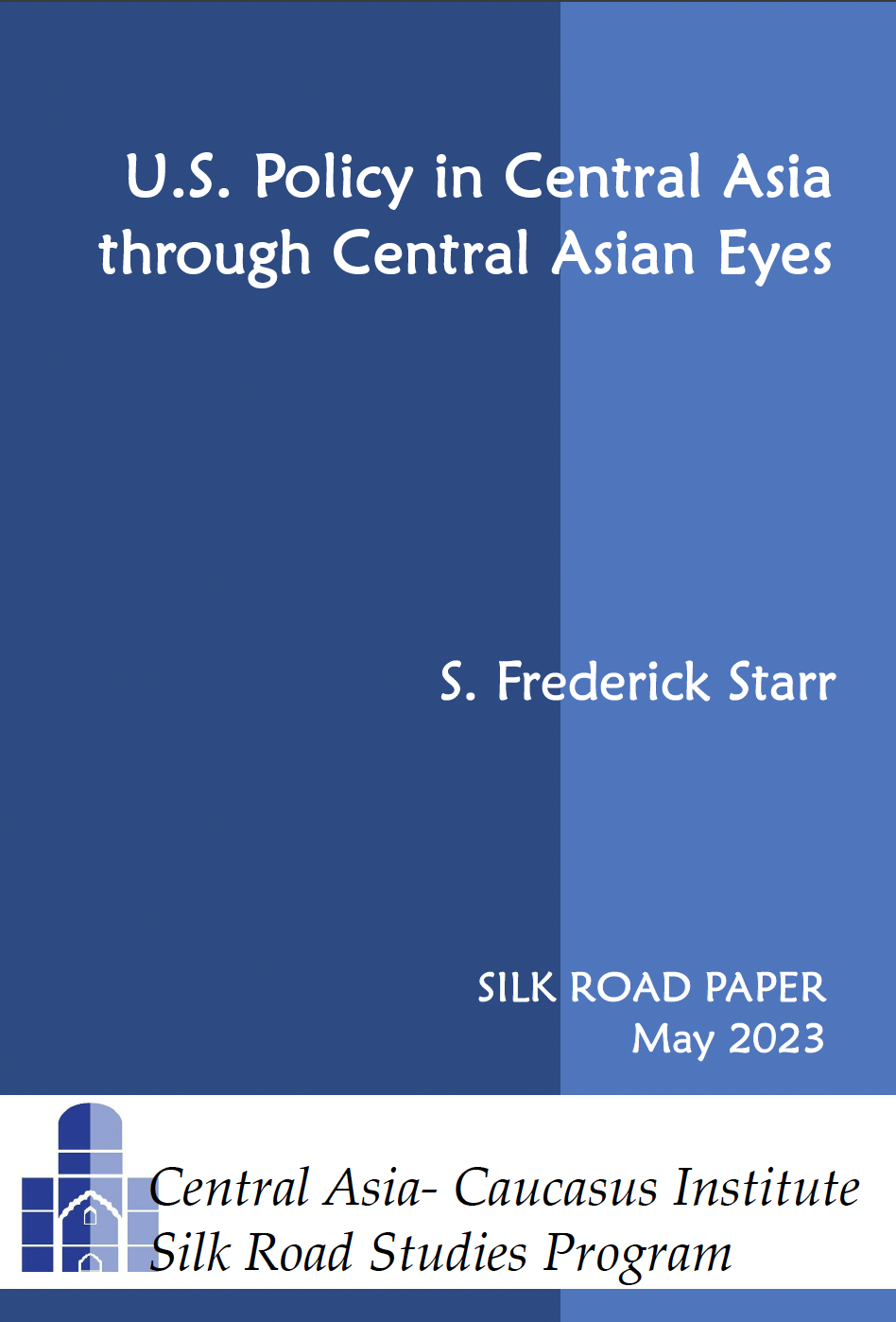Wednesday, 12 May 2004
IRAN SEEKING TO GROW CASPIAN CRUDE SWAP VOLUME-IEA
By empty (5/12/2004 issue of the CACI Analyst)
Iran looks set to increase the quantities of crude swapped with Russian and Caspian producers, which are seeking diverse export outlets for their oil, the International Energy Agency (IEA) said on Wednesday. The country currently receives 120,000 barrels per day (bpd) of Russian, Kazakh and Turkmen crude delivered to its northern port of Neka on the Caspian Sea, providing these producers with an equivalent volume of its own Iranian Light crude in the Middle East Gulf. This volume could swell to 500,000 bpd by the end of 2004 if new pumping stations are added along the pipeline that transports the oil from Neka to the Tehran and Tabriz refineries, the IEA said in its monthly report.
Iran looks set to increase the quantities of crude swapped with Russian and Caspian producers, which are seeking diverse export outlets for their oil, the International Energy Agency (IEA) said on Wednesday. The country currently receives 120,000 barrels per day (bpd) of Russian, Kazakh and Turkmen crude delivered to its northern port of Neka on the Caspian Sea, providing these producers with an equivalent volume of its own Iranian Light crude in the Middle East Gulf. This volume could swell to 500,000 bpd by the end of 2004 if new pumping stations are added along the pipeline that transports the oil from Neka to the Tehran and Tabriz refineries, the IEA said in its monthly report. Sea borne supplies comprise 40,000 bpd each from Russia and Kazakhstan and 20,000 bpd from Turkmenistan, the agency said, adding that the Neka
swap route allows Caspian producers to bypass the congested Russian Black Sea and Mediterranean infrastructure while accessing lucrative Asian markets. The producers pay a swap fee of around $2 a barrel to Iran, which also receives a steady supply of Caspian crudes for its northern refineries. Its own oilfields are mostly located in the south of the country. Analysts say the swaps are allowing Iran to stay in the race for exporting Caspian crude, after a U.S.-backed oil pipeline from Azerbaijan to the Mediterranean overtook its proposed export route. (Reuters)




 Silk Road Paper S. Frederick Starr,
Silk Road Paper S. Frederick Starr,  Book Svante E. Cornell, ed., "
Book Svante E. Cornell, ed., "